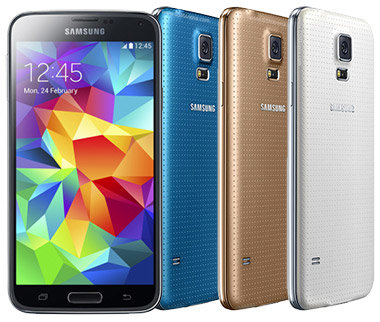Common Android problems: Battery, UI and connectivityIf we are to be quite honest, there is not a smartphone in this world that is perfect. It doesn't matter how much it cost or whether or not you downloaded the latest software update. It doesn't even matter if it's the newest LG or Samsung model. The same issues – constantly empty battery, UI too slow (to the point that you sometimes can't even turn your phone on) and difficulties with the Internet connection – will keep on repeating themselves until you're ready to just throw your phone against the wall and be done with it. Although smashing your phone would probably feel satisfying, it wouldn't really solve any of your problems and you'd just end up buying a new one. Thankfully, there are measures that you can take to make your Android experience a bit better and we've put together a list of the most common Android problems and tried to find a solution for each one of them.
Battery DrainA lot of users have reported problems with the battery life of their Android phones. Games, e-mail notifications, chat, and app updates put an additional strain on your phone's battery. One of the easiest ways to extend the battery life of your smartphone is to change your Locations and Brightness settings. Go to Settings, click Location, and select the battery saving mode. When it comes to brightness, you should avoid using the auto-brightness option and instead set your screen to average brightness (below halfway), or at least to a level that is acceptable to your eyes. Some smartphones, such as the Samsung Galaxy S5, come with extra battery saving modes. More Battery Saving Tips-Turn off automatic app updates Slow User InterfaceWhen you push the boundaries of your internal storage, your phone will slow down a great deal and become more sluggish. We know that everybody loves using various apps, but try figuring out which ones you don't really need and then deleting them, because they can be one of the main reasons your phone's slower. If you don't want to delete them, move them to a microSD card or a virtual storage. You should also stop your apps from updating and syncing automatically, because that doesn't help the speed of your Android device at all. To summarize: close all the apps you're not using, delete your app cache and, again, limit the use of live wallpapers. Clear Cached DataAn app's cached data can be deleted easily: go to Settings, click on Apps, choose a specific app, and then select Clear Cache. In Play Store, there's a number of programs that can help you automate the process of clearing cache, such as App Cache Cleaner and Clean Master (both free). Connectivity ProblemsIf you're having problems connecting to Bluetooth, Wi-Fi or your mobile network, try turning on the Airplane mode for about 30 seconds, then switch it off and try connecting again. Sometimes, something as simple as this can help. If the Airplane mode trick doesn't help, go to Settings>More>Mobile Networks>Network Operators (the names may differ depending on the phone model) and then choose your preferred network. |


